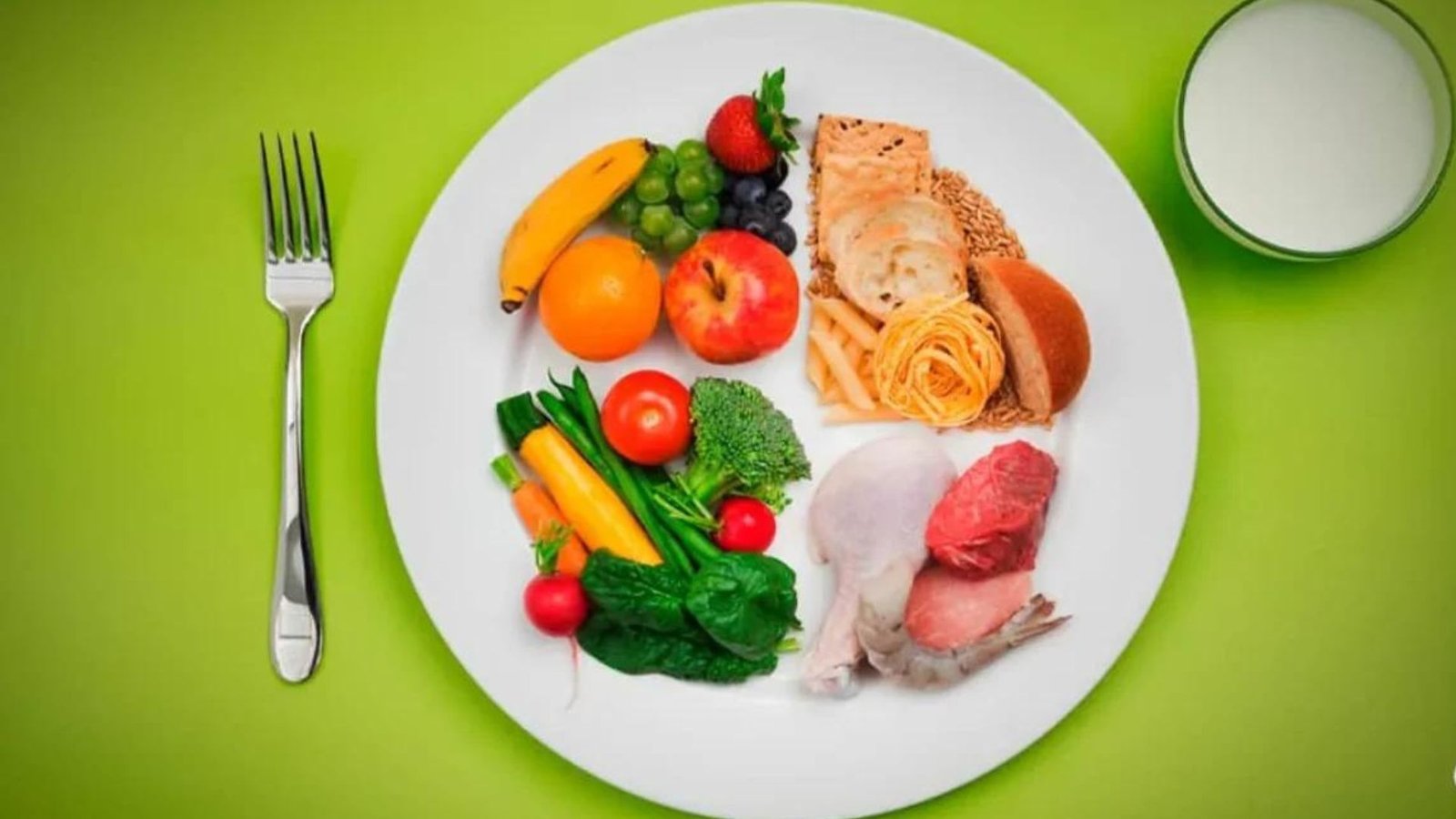Creating a balanced and healthy diet is key to maintaining good health and well-being. By focusing on a variety of nutrient-dense foods and making mindful choices, you can build a diet that supports your overall health goals. In this post, we’ll explore practical steps and tips for developing a balanced and healthy diet that suits your lifestyle.

Understanding the Basics of a Balanced Diet
A balanced diet includes a variety of foods from different food groups in the right proportions. The primary components of a balanced diet are:
- Fruits and Vegetables: Aim to fill half your plate with fruits and vegetables. They are rich in vitamins, minerals, and fiber, and help support overall health. Try to include a variety of colors and types to maximize nutrient intake.
- Proteins: Proteins are essential for muscle growth, repair, and overall bodily functions. Include a mix of protein sources, such as lean meats, fish, eggs, dairy, legumes, and nuts.
- Carbohydrates: Carbohydrates are your body’s main source of energy. Opt for whole grains like brown rice, quinoa, and whole wheat products over refined grains. Whole grains provide fiber and help regulate blood sugar levels.
- Fats: Healthy fats are important for brain function and cell health. Include sources of unsaturated fats, such as avocados, nuts, seeds, and olive oil. Limit saturated and trans fats found in processed foods.
- Dairy or Alternatives: Dairy products or fortified plant-based alternatives provide calcium and vitamin D, which are essential for bone health. Choose low-fat or fat-free options where possible.
Steps to Build a Balanced and Healthy Diet
1. Plan Your Meals
Meal planning helps ensure you include a variety of nutrients in your diet and can prevent unhealthy last-minute food choices. Plan your meals for the week, focusing on including a balance of fruits, vegetables, proteins, and whole grains. Preparing a shopping list based on your meal plan can help you stay organized and avoid impulse buys.
2. Practice Portion Control
Portion control is crucial for managing calorie intake and maintaining a healthy weight. Use smaller plates and bowls to help regulate portion sizes and be mindful of serving sizes. Eating slowly and paying attention to hunger cues can also help you avoid overeating.
3. Incorporate Variety
Eating a variety of foods ensures you get a broad range of nutrients and helps prevent dietary monotony. Try new fruits, vegetables, grains, and proteins to keep your meals interesting and nutritious. Experiment with different recipes and cooking methods to discover new favorites.
4. Stay Hydrated
Proper hydration is an important aspect of a healthy diet. Aim to drink plenty of water throughout the day. While water is the best choice, you can also include herbal teas or infused water for variety. Limit sugary drinks and excessive caffeine, which can contribute to dehydration.
5. Limit Processed Foods
Processed foods often contain high levels of added sugars, unhealthy fats, and sodium. Minimize your intake of processed snacks, sugary beverages, and fast food. Instead, focus on whole, unprocessed foods to get the most nutrients from your diet.
6. Read Nutrition Labels
Nutrition labels can help you make informed food choices. Pay attention to serving sizes, calories, and nutrient content, especially for items high in added sugars, sodium, and unhealthy fats. Choose products with more fiber, protein, and healthy fats.
7. Listen to Your Body
Pay attention to how different foods make you feel and adjust your diet accordingly. Everyone’s body responds differently to various foods, so it’s important to listen to your own needs and preferences. If you have specific dietary concerns or health conditions, consider consulting with a registered dietitian or nutritionist for personalized guidance.
Sample Meal Ideas for a Balanced Diet
Breakfast: Greek Yogurt with Fresh Berries and Nuts
Start your day with a serving of Greek yogurt topped with fresh berries and a sprinkle of nuts. This meal provides protein, healthy fats, and antioxidants, helping to keep you satisfied throughout the morning.
Lunch: Quinoa Salad with Chickpeas and Vegetables
A quinoa salad with chickpeas, cherry tomatoes, cucumbers, and a light vinaigrette is a nutritious and filling lunch option. Quinoa and chickpeas offer plant-based protein, while the vegetables provide essential vitamins and minerals.
Dinner: Grilled Salmon with Steamed Broccoli and Brown Rice
Grilled salmon is a great source of omega-3 fatty acids, while steamed broccoli and brown rice add fiber and essential nutrients. This balanced meal supports heart health and provides sustained energy.
Snack: Apple Slices with Almond Butter
Apple slices paired with almond butter make for a satisfying and healthy snack. This combination offers fiber, healthy fats, and protein, keeping you energized between meals.
Conclusion: Building a Balanced and Healthy Diet
In conclusion, building a balanced and healthy diet involves incorporating a variety of nutrient-dense foods, practicing portion control, and staying hydrated. By planning your meals, including diverse food groups, and listening to your body’s needs, you can create a diet that supports your overall health and well-being. Embrace these tips and enjoy the benefits of a balanced diet in your daily life.











